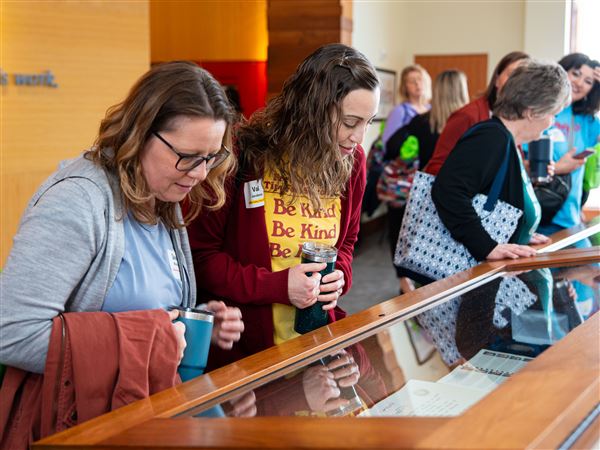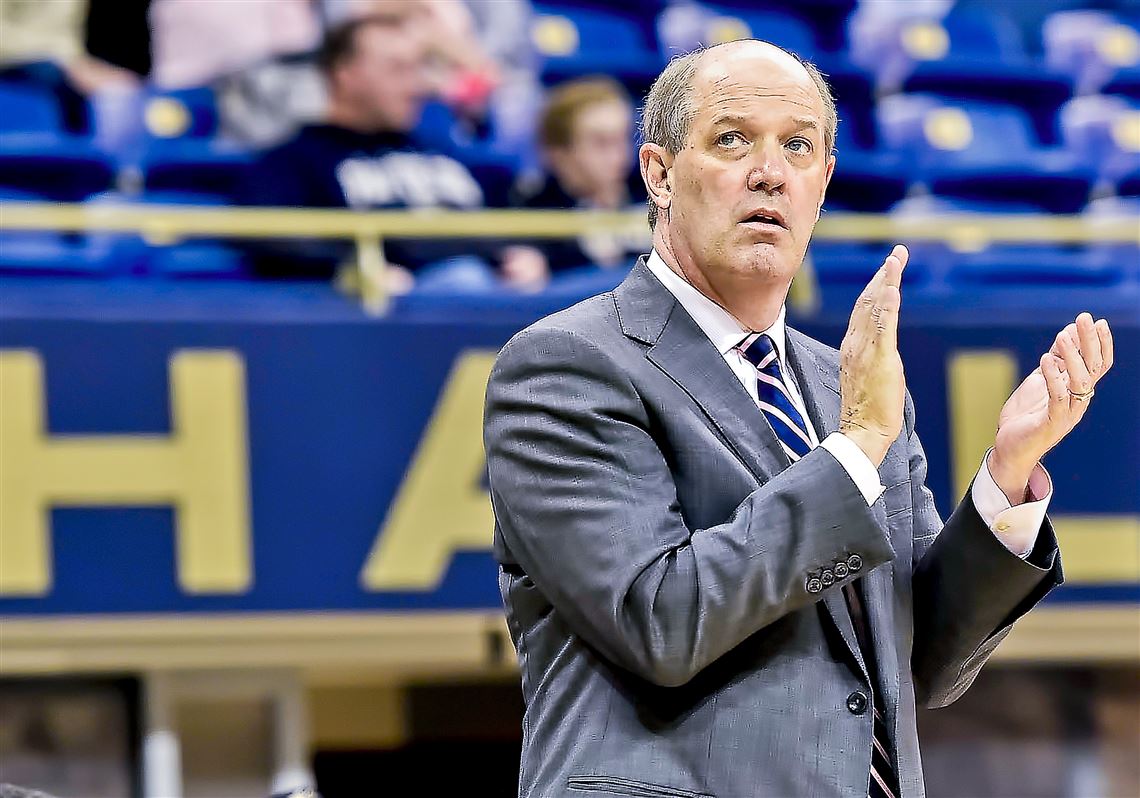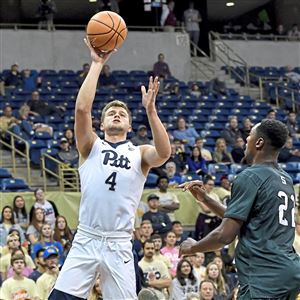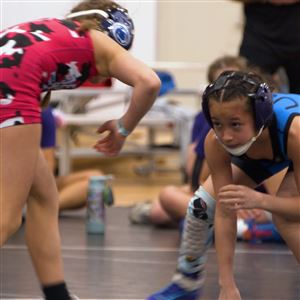Every now and then, Tom Crean thinks back to those days in 2008.
It was then that Crean was handed the keys to a kingdom — the men’s basketball program at Indiana — but also a Herculean task. Between graduations, early defections and dismissals, the Hoosiers lost 11 players from their 2007-08 team, leaving the first-year coach with a squad that returned all of 30 points from the previous season.
“They were really, really difficult,” Crean said of those years. “They were hard on everybody.”
He is one of the few people who can relate to what Kevin Stallings and the Pitt men’s basketball program are about to endure. After four players from their 2016-17 squad graduated, five others transferred and another one was dismissed, the Panthers lost 10 scholarship players and will begin the 2017-18 campaign with 11 new players, nine of whom have never played a Division I game. Among the 75 major-conference programs this century (since the 1999-2000 season), only three teams have lost more players than the Panthers in a given year.
“Expectations are low, probably rightfully so,” Stallings said. “You bring in a bunch of guys and you have this much turnover and you’re the third-youngest team in college basketball. But we have guys scattered throughout all these classes that we recruited that are going to be very good college players and very good ACC players. We have to give them time to grow up. We have to be patient with them.”
Their 11 scholarship newcomers are the most of any NCAA school. As one of six NCAA programs with no returning starters, Pitt’s players have an NCAA-low three career starts between them. Using a metric called possession-minutes — the percentage of minutes a player is on the floor multiplied by the percentage of possessions that player used last season — Pitt is the second-least experienced team in Division I.
Together, that group of two returners, seven freshmen, two junior-college transfers and one graduate transfer will be tasked with trying to compete in arguably the sport’s toughest conference.
“When I took the job, I knew this is what we would deal with,” Stallings said. “I didn’t know it would be to quite this extent.”
***
As daunting as the obstacle may appear, three other programs have tried to overcome it in the past two decades. How those schools fared provides some insight into what exactly Pitt may face.
In 2008, Crean took over a tattered Indiana program that had to deal with three years of NCAA probation and a team that, after some moves of his own, returned just two players, both of them walk-ons. Saddled by those restrictions, the Hoosiers went 28-66 in Crean’s first three seasons, their most losses ever in a three-year stretch, before building their way back up to the game’s upper tier, making back-to-back Sweet 16s in years four and five of his tenure. Crean was fired last March after his team went 18-16 in his ninth season at the school.
St. John’s — then a member of the Big East alongside Pitt — lost 11 players from a 2010-11 team that made a surprise run to the NCAA tournament in coach Steve Lavin’s first season. That sizable void was filled largely by a top-three recruiting class featuring four four-star players. The Red Storm went 13-19 the next season and steadily improved its win total each season, culminating with a 21-12 record and an NCAA tournament berth in 2014-15. After that season, however, Lavin and the university parted ways.
Colorado, too, lost 11 players, nine of whom were seniors, from a 2005-06 team that won 20 games for just the third time since 1969. The Buffaloes struggled the next season, finishing just 7-20, and coach Ricardo Patton was let go after 11 years at the helm. Over the next three seasons, Colorado went a combined 36-58.
In all three instances, lessons came from that overhaul.
“You could never show the dark days to the players,” said Crean, now an ESPN analyst. “You can’t just do it by yourself mentally as a head coach. You can’t just do it as an assistant coach. It takes a mutual respect and a mutual understanding of how you pick each other up through those tough days. It could be practices, it could be games. Not only are you sharing in adversity with your team, but you’re sharing in adversity with your staff. It’s very important that you can overcome that.”
To those who oversaw such drastic turnover, few qualities stood out more than patience — both for a coach and the administrators who preside over them.
It’s a principle that will be especially true for a Pitt squad with seven freshmen. While schools such as Kentucky and Duke regularly have more than five freshmen on a team, those newcomers are among the country’s best prospects, many of whom are destined for NBA careers. The Panthers’ class, on the other hand, has just one player rated higher than three stars by Rivals.com, and three of its freshmen have no star rating from the website.
“If people are interested in quick fixes, there aren’t too many of those programs that are out there,” said Patton, now an assistant coach at the University of Denver. “In the athletic arena, it has become a battle between the haves and the have-nots. The have-nots, it takes a little more time for them to rise to the occasion.”
***
Stallings said he believes athletic director Heather Lyke and other Pitt administrators have an understanding of what the program is about to face both this season and the next several years or, as he put it, “what we were up against and what we had to do.”
An admittedly impatient man, Stallings has had to learn restraint the past several months, to take mistakes in stride and not be overbearing to young, still maturing players. These coming months may be long, but he and, more importantly, his players may just end up being better for it.
Those who have been through it could tell him just as much.
“Not everybody bought into it,” Crean said. “Not everybody bought into how hard you had to work, how unselfish you had to be or being able to be mentally tough enough to come back from tough games and losses and still bring that energy to practice. The mental toughness these guys will get out of this is unlike anything they’ll ever get. And they could play for a long, long time.”
Craig Meyer: cmeyer@post-gazette.com and Twitter @CraigMeyerPG
First Published: November 10, 2017, 12:30 p.m.



















